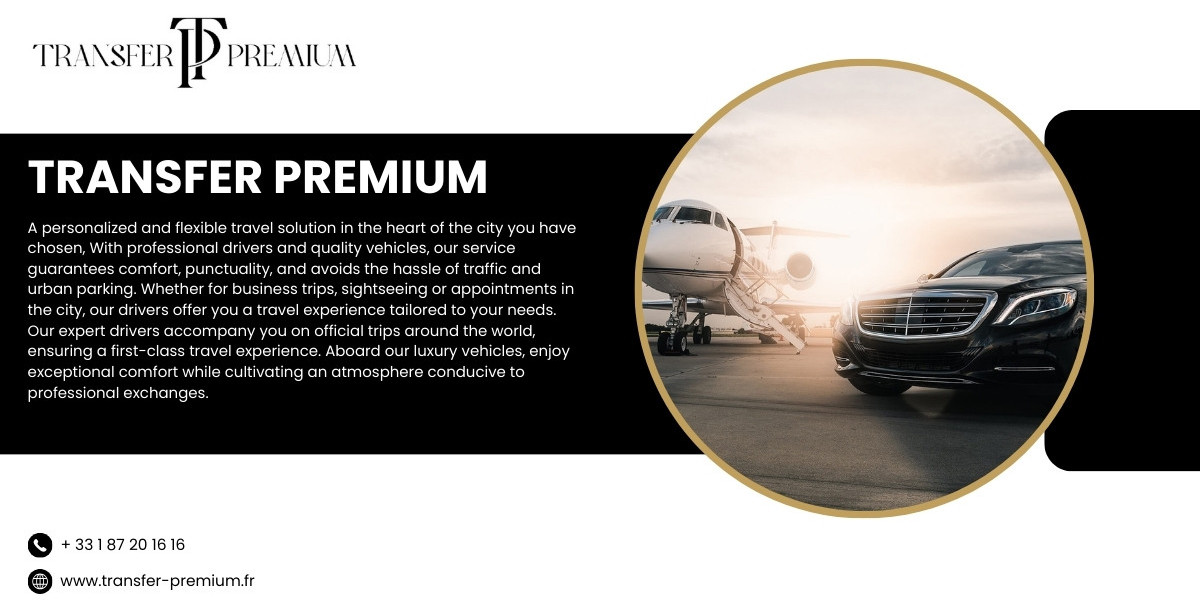Concrete mixing and pouring are essential tasks in construction that require safety, precision, and proper techniques. By following safety guidelines and using best practices, construction workers can ensure both the safety and the quality of the project. One of the best ways to gain these skills is through the OSHA 30 Hour Construction Training, which offers comprehensive safety protocols for various construction tasks, including concrete mixing and pouring. Additionally, the OSHA Training Course can further reinforce this knowledge and provide specialized expertise to ensure operations are carried out effectively.
10 Tips
1. Conduct a Thorough Risk Assessment
Before starting any concrete operation, a risk assessment should be performed to identify potential hazards. These can include machinery malfunctions, environmental conditions, and handling risks. The OSHA 30 Hour Construction Training covers how to properly assess risks and address them before beginning the task. This allows workers to put in place the necessary precautions and prevent accidents from happening during the operation.
2. Ensure Workers Are Equipped with Proper PPE
Personal protective equipment (PPE) is crucial for workers involved in concrete mixing and pouring. Safety goggles, gloves, and boots are just a few examples of the essential PPE that should be worn to protect workers from potential harm, such as burns from wet concrete or injuries from machinery. The OSHA Training Course provides further guidance on how to select and properly use PPE to ensure maximum safety during concrete tasks.
3. Properly Train Workers on Equipment Use
Concrete mixing and pouring often require the use of specialized machinery, such as mixers, pumps, and conveyors. Training on the proper use of these tools is essential to prevent accidents and ensure efficient operations. By completing the OSHA 30 Hour Construction Training, workers can learn safe operation techniques that will help them avoid mishandling equipment that could lead to injuries or accidents.
4. Mix Concrete Correctly
The process of mixing concrete needs to be done carefully, as improper mixing can lead to weak or uneven concrete. Workers should be trained to use the right proportions of materials and mix them in the correct manner. The OSHA Training Course highlights the importance of proper mixing techniques to prevent issues like inconsistent curing, which could compromise the safety and strength of the structure.
5. Monitor Weather Conditions
Weather plays a significant role in the effectiveness of concrete pouring. Extreme temperatures or moisture conditions can negatively affect the concrete’s quality. Monitoring weather conditions and adjusting work schedules to accommodate them is an essential step in ensuring a successful pour. The OSHA 30 Hour Construction Training teaches workers how to recognize adverse weather conditions and adapt their work plans accordingly to avoid compromising the final product.
6. Maintain a Clean and Safe Worksite
A clean and organized worksite is key to ensuring safety. A cluttered site can lead to tripping hazards, and improperly stored tools and materials can cause accidents. The OSHA 30 Hour Construction Training stresses the importance of maintaining a tidy, safe workspace where equipment and materials are organized, and debris is regularly cleared away to reduce hazards.
7. Follow Safe Pouring Practices
The pouring process itself presents multiple hazards. It’s important to follow safe practices to avoid accidents like concrete spills, uneven pours, or unsafe positioning around machinery. The OSHA Training Course teaches workers the proper procedures for pouring concrete in a safe and controlled manner, ensuring that workers are positioned correctly and machinery is used properly to prevent injury.
8. Manage the Curing Process Properly
Concrete needs time to cure properly, and improper curing can affect its strength and durability. Workers should be aware of the best practices for curing concrete, such as maintaining the right moisture level and temperature. The OSHA 30 Hour Construction Training helps workers understand how to manage the curing process and ensure that concrete reaches its optimal strength.
9. Handle and Transport Concrete Safely
Transporting concrete from the mixing area to the pouring location must be done carefully to avoid spills and injuries. The OSHA 30 Hour Construction Training covers safe material handling techniques, helping workers avoid overloading equipment and properly using tools such as wheelbarrows or conveyors to move concrete. Following safe transportation practices ensures that workers and materials are protected during the operation.
10. Foster Clear Communication Among Team Members
Effective communication is essential to ensure everyone is on the same page throughout the concrete mixing and pouring process. Workers should be trained to communicate clearly using signals or radios, especially in noisy environments. The OSHA Training Course provides strategies for fostering strong communication skills on the job site, ensuring tasks are coordinated efficiently and safely.
Conclusion
Ensuring safety and quality in concrete mixing and pouring operations requires the right training, knowledge, and adherence to best practices. By completing the OSHA 30 Hour Construction Training, workers gain vital skills to handle risks, use equipment safely, and communicate effectively, making them more capable of handling the demands of these tasks. Additionally, an OSHA Training Course offers further insights into handling specific safety challenges related to concrete operations, ultimately leading to a safer and more efficient construction environment. By following the 10 tips outlined above, construction teams can significantly reduce risks and ensure successful concrete projects.










